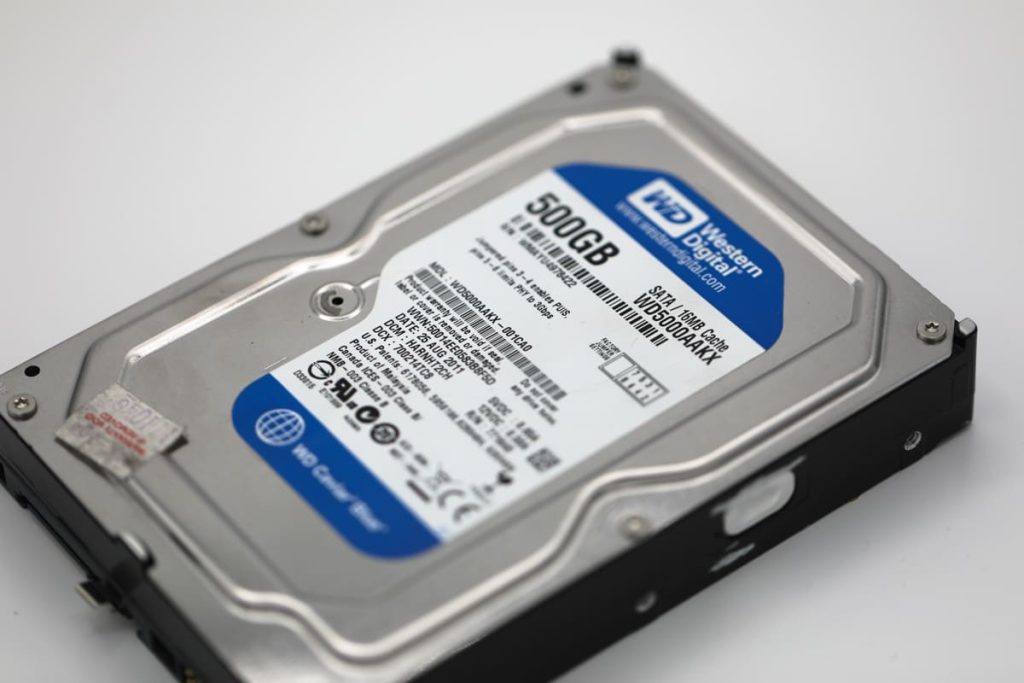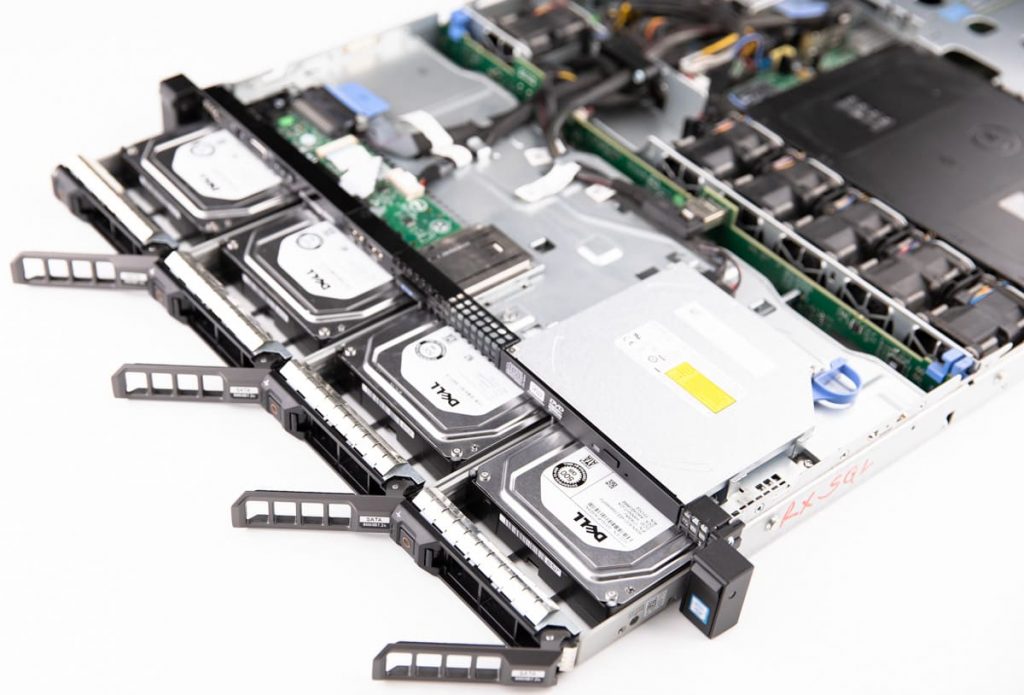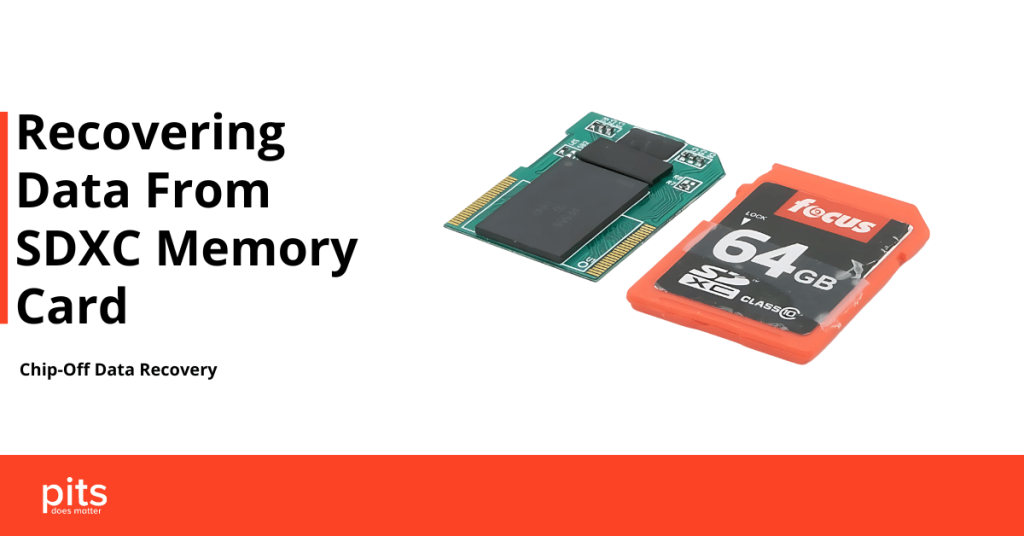Classic HDD technology involves recording data on rapidly rotating magnetic platters. Data reading and writing are conducted by magnetic heads located in specialized blocks, all housed within a sealed container designed to prevent contamination.
This technology has been tested over the years and is cost-effective, making HDDs a popular choice for data storage due to their convenience, reliability, and affordability. However, the presence of mechanical parts leads to various malfunctions, resulting in hard drive failures that can cause significant data loss.
Common Hard Drive Failures
Some failures are easy to resolve, while others require professional intervention. At PITS Global Data Recovery Services, we often find that many issues could have been avoided if customers had ceased operations upon noticing a failure. If a client did not do so, we are here to help.
Types of Failures
The most common types of hard drive failures include:
- Head Crash: This severe malfunction typically occurs when a hard drive is dropped. It may involve the sticking of magnetic heads or a jammed spindle motor shaft. While the HDD power supply may be functioning, physical damage can prevent the motor rotor from turning. A jammed disk often produces a high-pitched squeaking sound and may overheat. Data recovery is possible in these situations but must be conducted in a specialized laboratory.
- Damaged Electronics (PCB): A hard drive may fail to start due to problems with the electronics, such as burnt circuit board components from static electricity, controller malfunctions, or broken connections. In these cases, the hard drive may spin up to the required speed but will not be recognized by the computer. Recovery in such instances requires qualified specialists working in ISO Certified Class 10 Cleanroom conditions.
Recovering from a Failed WD Blue Hard Drive
One challenge with modern external drives, particularly WD 2.5″ drives, is their USB interface, which is directly integrated into the external electronics board. This design complicates data recovery, especially when dealing with hardware defects. In many cases, we need to replace the board with a compatible one, modify the ROM, or adapt the wiring system to connect to SATA.
Recent Recovery Case: WD Blue 2.5″ Hard Drive
Recently, we received a WD Blue 2.5” hard drive from a photographer who urgently needed his files recovered. After consulting with our customer service team, he opted for our emergency data retrieval service, which typically completes recovery within 8-48 hours.
The client left the failed drive at our drop-off point, and it was sent to our lab for diagnostics. Although the magnetic platters were spinning at the correct speed, the drive was not detected in the BIOS. Upon opening the HDD in our cleanroom, we found that the PCB was malfunctioning.
Recovery Process
The first step in our recovery was to replace the controller and transfer the data to a new hard drive. Our data recovery specialists desoldered a controller from an identical WD Blue 2.5” drive and attached it to the customer’s device.
Each controller contains unique firmware necessary for the disk to initialize and load data from the energy-dependent memory and ROM. To successfully recover data after replacing the board, the labels on the motor chip and main chip must match. After confirming the labels were identical, we proceeded with the recovery process.
We transferred the data to a new drive, but some files appeared corrupt. The final step involved repairing the corrupted files. Ultimately, we successfully recovered 98% of the files. The client reviewed the recovered data and approved the process.












